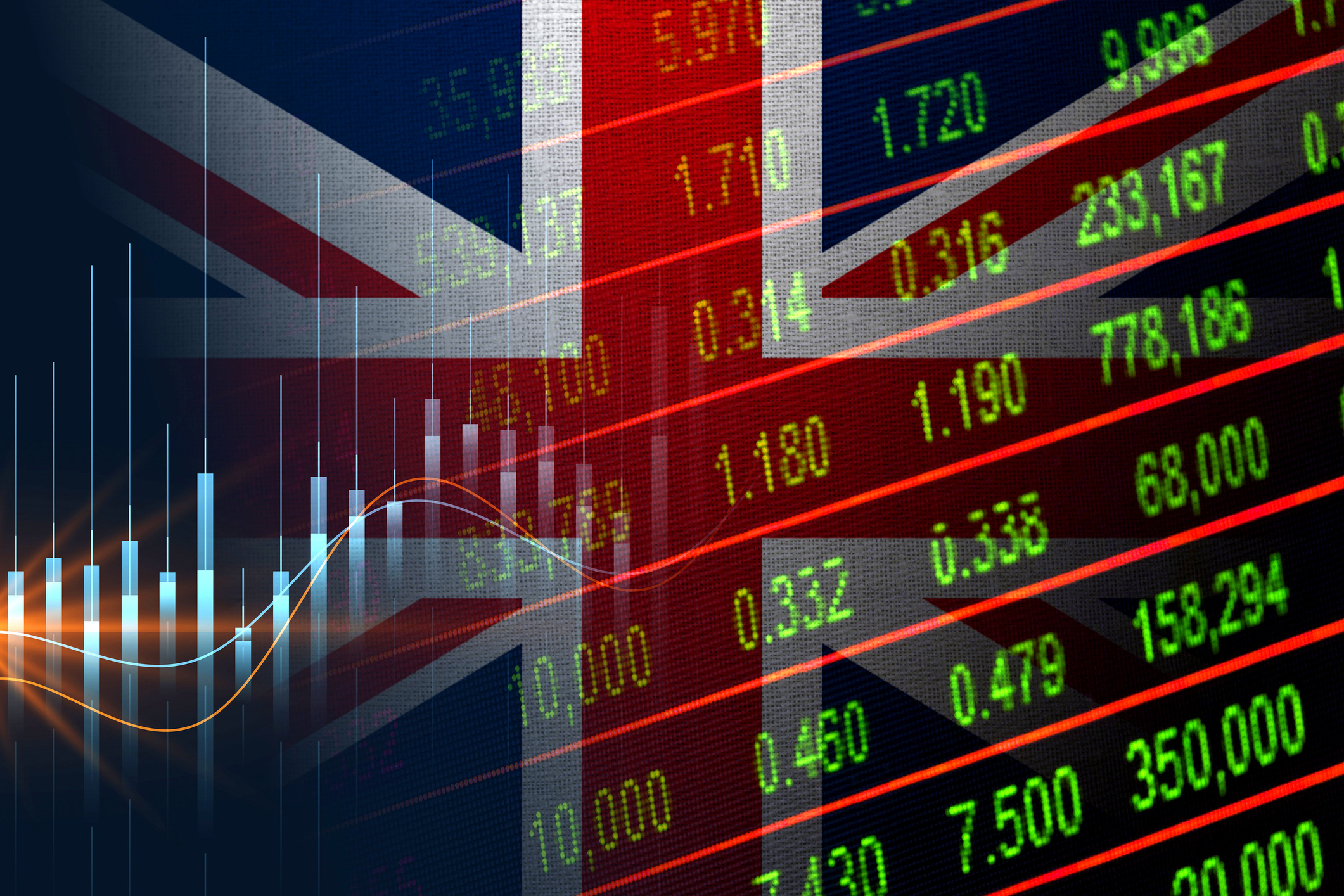"No doubt about it junk bonds have been among the winners in this year's credit-market sell-off," says Brendan Conway in Barron's. "They've shrugged off interest-rate worries in ways that corporate bonds and Treasurys have not."
Investor appetite for these bonds issued by companies with weaker credit ratings has rebounded strongly after a initial wobble when the Federal Reserve announced that it planned to taper its quantitative easing (QE) programme. The major US-listed exchange-traded funds that track junk bond indices saw outflows of $2.2bn in June, but this was rapidly reversed by inflows of $2.6bn in July, says Marketwatch.com.
Returns have been particularly strong at the riskier end of the market, says Deutsche Bank: US dollar CCC-rated bonds "have been the standout performer", returning 7% in the first half. BB-rated bonds (the highest rating a non-investment grade bond can carry) only just crept into positive territory, up 0.1%. This pattern of returns has led to an unusual state of affairs for fund managers.
MoneyWeek
Subscribe to MoneyWeek today and get your first six magazine issues absolutely FREE

Sign up to Money Morning
Don't miss the latest investment and personal finances news, market analysis, plus money-saving tips with our free twice-daily newsletter
Don't miss the latest investment and personal finances news, market analysis, plus money-saving tips with our free twice-daily newsletter
Like most actively managed funds, the average junk bond fund underperforms the market over time; data from index compiler S&P Dow Jones shows that 95% of US junk bond managers lagged the market over five years. But so far this year, three-quarters of them are outperforming the indices, says Conway. How have they managed this? Managers have enthusiastically embraced those higher-performing riskier bonds, overweighting them relative to benchmark indices, and have been rewarded for doing so.
Most analysts seem to expect junk bonds to continue performing well even if the Fed follows through on its threat to wind down QE. That's because the central bank will only do so if the economy is improving, which "supports a favourable outlook for credit risk", says Barclays. And even if this causes government bond yields to rise, higher-yielding junk bonds should be least affected, "whereas investment grade credit is likely to be more sensitive to a move in Treasury rates".
Still, buyers should remember that junk bond default rates remain very low, at less than 3%, according to Moody's. At some point, that figure will inevitably rise. When they do, investors may well find that the apparently tempting yield they are getting an average of 6.22% in July, according to S&P doesn't compensate for the default risks they bear.
Get the latest financial news, insights and expert analysis from our award-winning MoneyWeek team, to help you understand what really matters when it comes to your finances.
MoneyWeek is written by a team of experienced and award-winning journalists, plus expert columnists. As well as daily digital news and features, MoneyWeek also publishes a weekly magazine, covering investing and personal finance. From share tips, pensions, gold to practical investment tips - we provide a round-up to help you make money and keep it.
-
 Why UK investors are backing British stocks in 2026
Why UK investors are backing British stocks in 2026The UK stock market may be lacking fashionable technology shares but investors are keen to buy British next year
-
 UK inflation live: did inflation fall in November?
UK inflation live: did inflation fall in November?The ONS releases inflation data for November tomorrow (17 December). Has inflation continued its downward trend?

